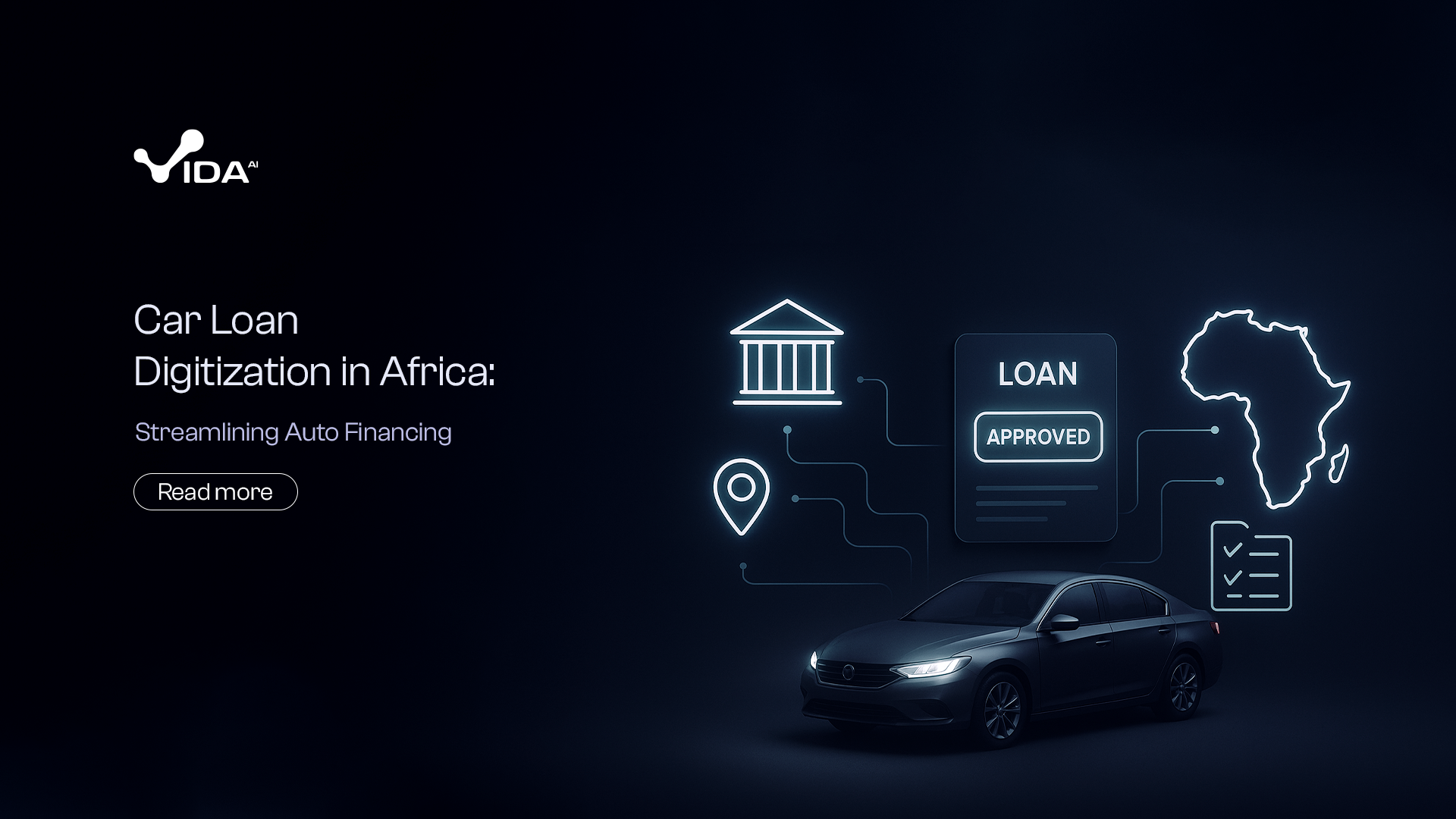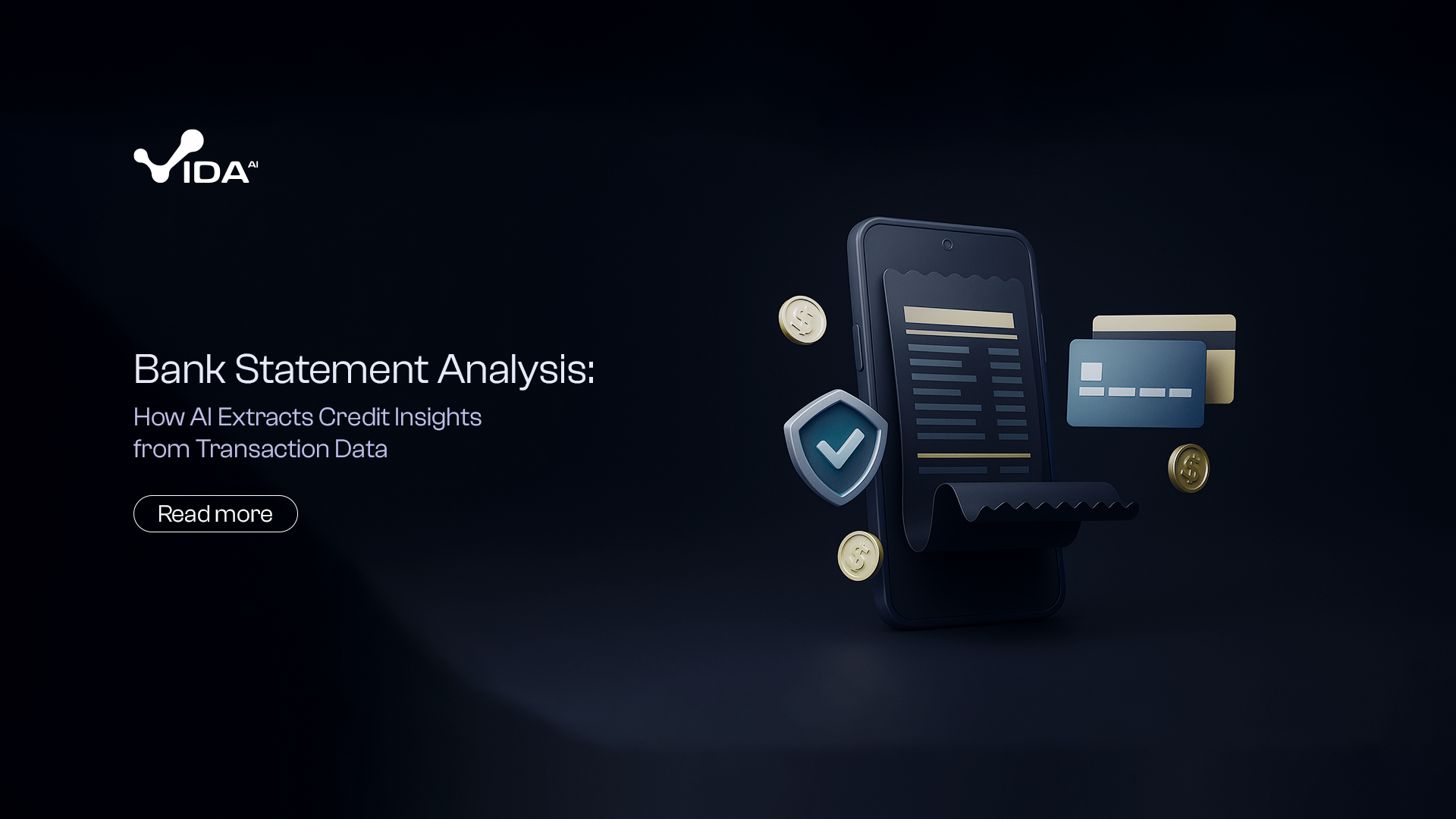back to Articles
Car Loan Digitization in Africa: Streamlining Auto Financing

Eniayewu Josephine
Content Writer
Africa's automotive financing landscape undergoes rapid transformation as digital technologies revolutionize traditional lending approaches. With vehicle ownership aspirations growing across the continent and mobile technology penetration exceeding 80%, car loan digitization presents unprecedented opportunities for financial institutions to capture market share while serving previously underbanked populations. Success requires understanding unique regional challenges, regulatory environments, and customer preferences that shape effective digitization strategies.
The African Auto Finance Market Opportunity
Africa's vehicle market shows tremendous growth potential, with new car sales projected to reach 2.5 million units annually by 2030. However, financing penetration remains low at approximately 15%, compared to 85% in developed markets, indicating substantial expansion opportunities for innovative lenders.
Middle-class growth across major African economies creates expanding customer bases seeking vehicle financing solutions. Countries like Nigeria, Kenya, South Africa, and Ghana demonstrate particularly strong demand for accessible auto financing options that align with local income patterns and employment structures.
Informal economy participants, who comprise significant portions of African workforces, often lack traditional credit histories but possess income capacity for vehicle financing. Digital solutions can assess creditworthiness through alternative data sources, expanding market reach beyond traditionally bankable populations.
Commercial vehicle financing presents additional opportunities as small business ownership grows and logistics demands increase. Entrepreneurs requiring vehicles for ride-sharing, delivery services, and transportation businesses represent substantial untapped markets for specialized financing products.
Unique Challenges in African Markets
Traditional banking infrastructure limitations create barriers to conventional auto financing approaches. Many regions lack extensive branch networks, making digital-first strategies essential for market penetration and customer service delivery.
Documentation challenges arise from limited formal employment records, inconsistent address systems, and varied identity verification processes across countries. Digital solutions must accommodate these realities while maintaining fraud prevention and regulatory compliance.
Currency volatility affects loan pricing and risk management in several African markets. Digital platforms must incorporate dynamic pricing models that adjust for exchange rate fluctuations while maintaining affordable payment structures for borrowers.
Internet connectivity varies significantly across urban and rural areas, requiring offline-capable systems and mobile-optimized interfaces that function effectively across diverse technology environments. Solutions must work reliably on basic smartphones with limited data connectivity.
Mobile-First Digital Solutions
SMS-based lending platforms provide accessible entry points for customers with basic mobile phones. Simple text message interfaces enable loan applications, status updates, and payment processing without requiring smartphone technology or internet connectivity.
USSD (Unstructured Supplementary Service Data) technology delivers interactive menus through basic mobile phones, enabling comprehensive loan management without app downloads or internet requirements. This approach reaches customers across the digital divide effectively.
Mobile money integration leverages existing financial infrastructure that many African consumers already use for daily transactions. Platforms like MTN Mobile Money, and Orange Money provide established payment rails that reduce friction and build customer trust.
Digital Application and Approval Processes
Streamlined digital applications collect essential information efficiently while accommodating varying literacy levels and technology comfort. Voice-guided interfaces, local language support, and simplified workflows improve completion rates across diverse customer segments.
Document digitization through smartphone cameras eliminates physical paperwork requirements while enabling remote verification. Optical character recognition (OCR) technology extracts information from identity documents, income statements, and other required materials automatically.
Automated decision engines process applications in real-time, providing instant pre-approvals that improve customer experience and competitive positioning. Machine learning models incorporating alternative data sources deliver accurate risk assessments without traditional underwriting delays.
Video call verification enables human interaction for complex applications while maintaining digital efficiency. Remote verification reduces branch visit requirements while building customer relationships and ensuring proper identity confirmation.
Vehicle Valuation and Collateral Management
Digital vehicle inspection using smartphone apps enables remote assessment of vehicle condition, mileage, and market value. Standardized inspection checklists with photo documentation provide consistent evaluation processes across locations.
Automated valuation models (AVMs) incorporate local market data, vehicle specifications, and condition assessments to determine accurate collateral values. Real-time market integration ensures valuations reflect current conditions rather than outdated information.
GPS tracking integration provides collateral monitoring capabilities that reduce repo costs while enabling value-added services like vehicle recovery assistance. IoT devices offer additional monitoring of vehicle usage, maintenance needs, and location tracking.
Blockchain-based vehicle history records could provide tamper-proof documentation of ownership, accident history, and maintenance records. These transparent records improve valuation accuracy while reducing fraud risks associated with title manipulation.
Digital Payment and Collection Systems
Automated payment scheduling through mobile money platforms reduces collection costs while improving convenience for borrowers. Scheduled transfers from mobile wallets eliminate manual payment processes and reduce default rates through improved payment discipline.
Grace period management systems provide flexibility for borrowers experiencing temporary financial difficulties while maintaining collection effectiveness. Automated communication sequences and payment rescheduling options reduce the need for manual intervention.
Early payment incentives and loyalty programs encourage consistent payment behavior while building customer relationships. Discount structures, reward points, and recognition programs improve retention and reduce collection costs.
Collection optimization through data analytics identifies the most effective communication channels, timing, and messaging for different customer segments. Personalized collection strategies improve recovery rates while maintaining customer relationships.
Success Metrics and Performance Optimization
Market penetration rates measure digital platform effectiveness in reaching target customer segments. Geographic expansion tracking, customer demographic analysis, and market share growth indicate successful digitization implementation.
Customer acquisition costs and lifetime value calculations optimize marketing investments and pricing strategies. Digital channels typically reduce acquisition costs while improving customer experience and retention rates.
Portfolio performance metrics including default rates, recovery rates, and profitability margins validate risk management effectiveness. Continuous monitoring enables rapid adjustment of underwriting criteria and collection strategies.
Operational efficiency measures track processing time reductions, cost per loan originated, and staff productivity improvements. Digital transformation typically reduces operational costs by 40-60% while improving service quality.
Car loan digitization in Africa represents a transformative opportunity for financial institutions to capture emerging market opportunities while serving previously underbanked populations. Success requires understanding local contexts, leveraging appropriate technologies, and building sustainable business models that deliver value to both lenders and borrowers across diverse African markets.
Get Started and streamline car financing from application to disbursement with AI-powered tools.

